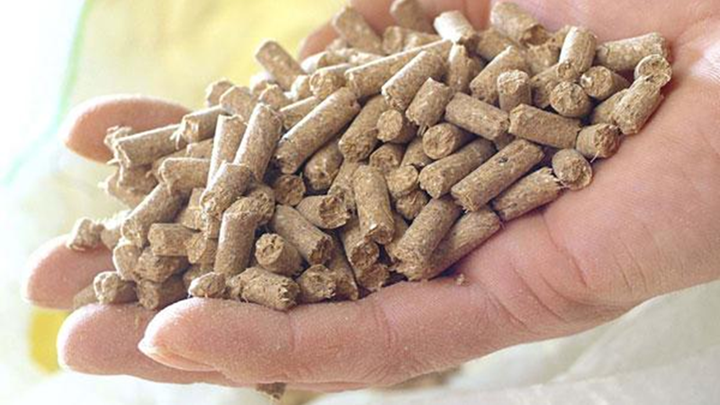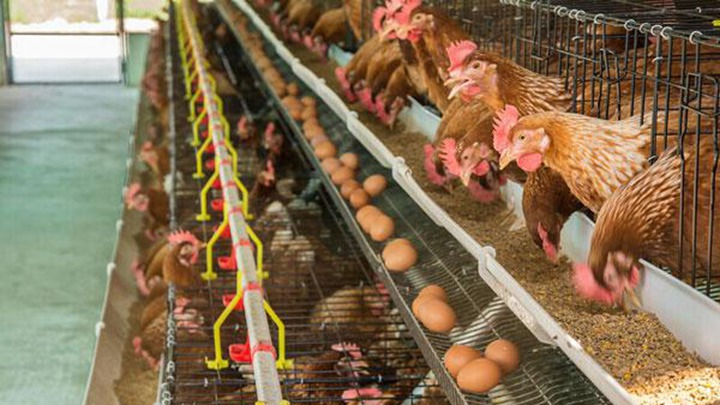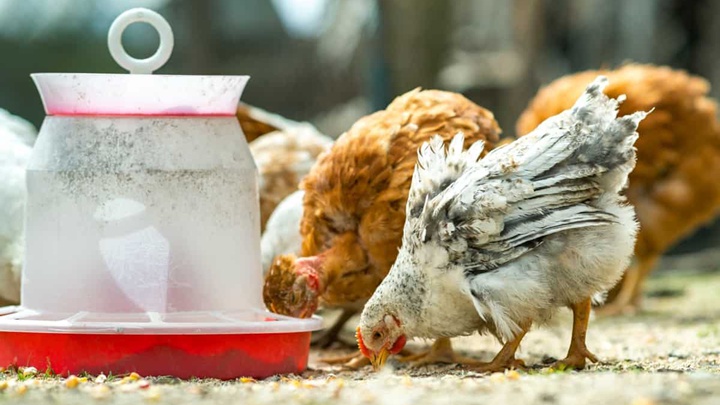Do you run a poultry farm, an animal feed factory or keep animals as pets? Good! That’s really rewarding. However, incomplete knowledge of feeding not only leads to improper growth and weakness in animals but also a waste of money.
If you are looking for how to make feed pellets for animals and poultry to cut down feeding expenses and keep animals healthy and happy then you are in the right spot. In this blog, we are going to discuss animal and poultry feed pellets covering their raw material, making process, benefits and many more. So keep learning!
1) What are feed pellets?
“Feed pellets are a compact form of animal fooder, which are preferred due to their high nutritional content, good palsy, long preservation time, and minimum risk of disease-causing factors.”
Feed pellets are not specific for cows, buffaloes, or oxen, but you can feed them to sheep, goats, chicks, fish, etc. Feed pellets constitute about 80% of the daily feed of animals and poultry. Moreover, as the animal grows, the requirement for feed also increases, therefore, feed pellets are available ( or can be made) in a wide variety of sizes and nutritional values.
Now if we talk about poultry feed pellets, it is classified into different categories on the basis of nutritional content;
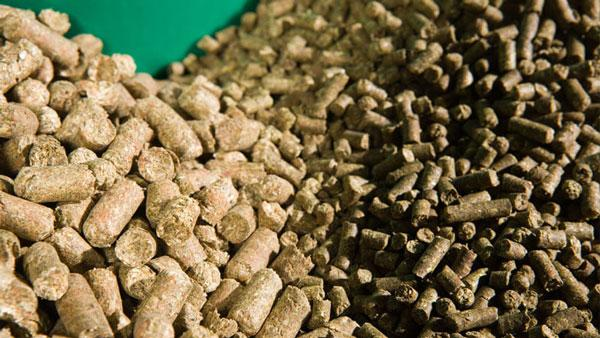
- Poultry complete feed: That meets the nutritional requirements at all stages of growth and development.
- Poultry complementary feed: Made up of energy feed, mineral feed and protein feed but its nutritional composition is not fixed ( that’s why it is low in cost).
- Poultry protein supplement feed: These are special feed pellets to fulfil high nutrition requirements.
- Poultry additive remix: As the name shows, fodder in which functional additives and extra nutrients have been added.
2) Raw materials for poultry feed pellets
To maintain proper growth and development of animals, multiple nutritive components work together, which definitely come from different food items. Therefore, to make feed pellets all-in-one, several types of raw materials are mixed together in definite proportions.
Although all feed pellets have some common ingredients, but they may vary a bit depending on the type of animal to be fed. Well, it would be more clear after reading the below-mentioned point.
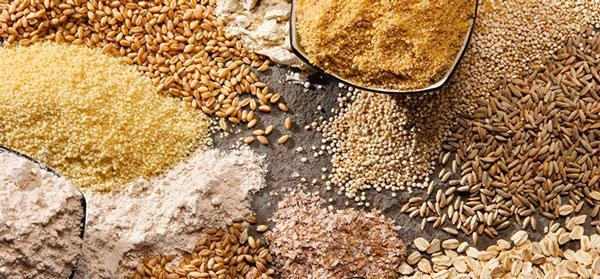
i) Raw material for cattle-feed pellets: These pellets are prepared from agro residues (peanuts seedlings), wheat straw, wheat bran, maize, cereals, oil cakes, molasses, alfalfa, soybean, etc. If the raw materials are large sized then it is broken into smaller pieces through a hammer mill.
ii) Raw material for chicken feed pellets: Barley, wheat, corn, peas, oats, cultured yeast, fish meal, crab meal, flax seed, salt, alfalfa, etc. are the main ingredients for making chicken feed pellets.
Alright! Do you want to know what is the ideal feed formula for chicken feed pellets? Okay! If you take the below-mentioned items in proper recommended rations, it would be ideal for the nourishment of chicken.
- Lysine 7%
- Crude protein 16.5%
- Methionine 2%
- Crude fat 3%
- Cruder fiber 5%
- Calcium 3.5%
3) How do you make animal feed pellets?
The quality of feed pellets is the most distinctive factor that can turn the direction of farmers. So while producing feed pellets, it is preferred to mix up the natural raw material as it is without any alternation in their nutritional values.
The animal feed pellets production process is quite simple. It’s just a game of a few mini-steps described below:
i) Selection of raw material: First, consider the nutrition needs of your animals and choose the raw materials accordingly. The content and proportions of each raw material should be selected wisely as they directly affect the quality of feed pellets.
ii) Grinding/ Crushing of raw material: All the smaller and larger sized raw materials are subjected to pulverization separately. This task is done through a feed hammer mill or a grain mill grinder machine, etc.
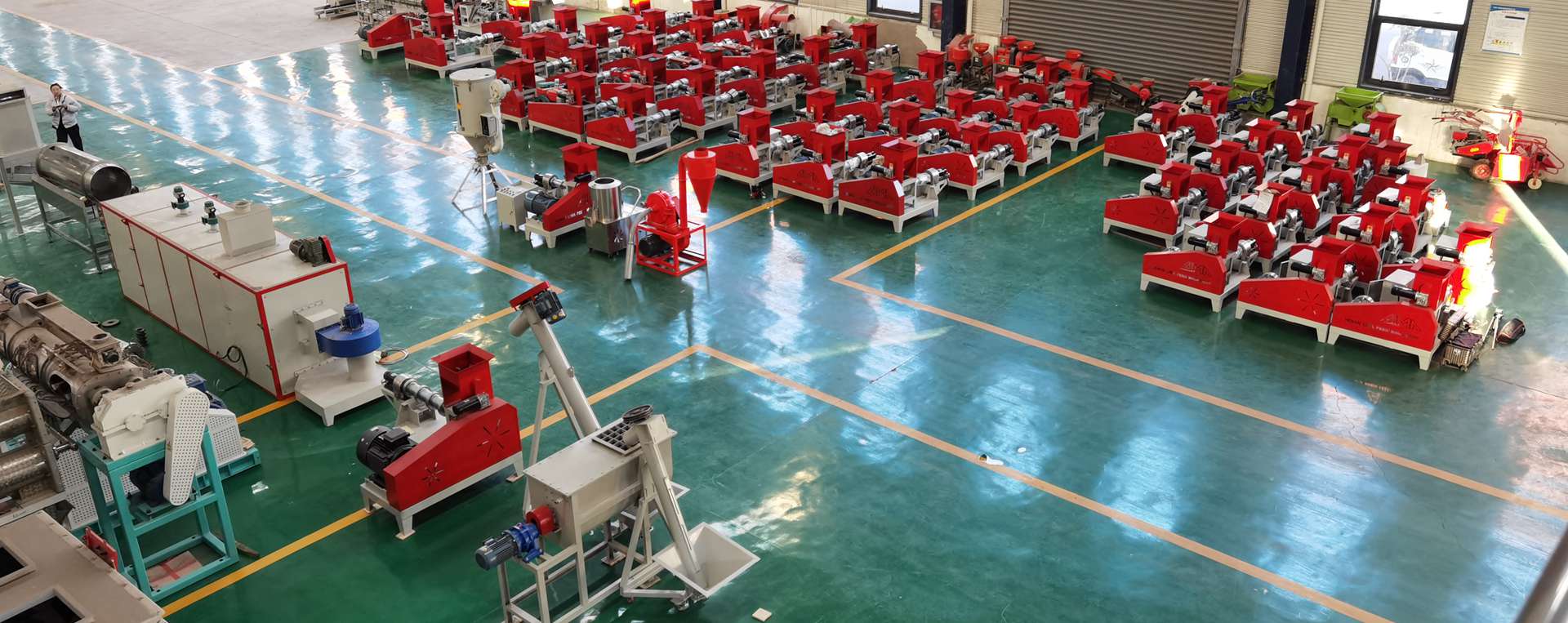
iii) Mixing of raw materials: Now it’s the turn to mix all the raw materials in proper proportions with a feed mixer. At this point, you can several additives ( fatty ingredients, vitamins, powders, bones, etc.) to enhance the overall nutritional value of the feed.
iv) Pelletization: This step is a bit critical, optimum conditions of water, heat, steam, quantity, time, etc are to be considered keenly. What happens is that the mixture of raw materials is fed to the feed pellet machine under high temperature and pressure and raw material is pressed into the form of pellets. The size and diameter of pellets must be taken into account.
v) Cooling: At last, pellets are cooled and packed for marketing.
4) What equipment is required for animal feed pellet production?
For the production of animal feed pellets, different equipment work together to complete the whole process. So, let’s take a look at some important of them;
a) Container: For the storage of raw materials, several large tanks are required.
b) Feed hammer mill: As we discussed in the above section, feed hammer mill is used to crush large-sized raw material into smaller particles.
c) Feed mixer: It is a machine used to homogenize all the raw materials into uniform consistency.
d) Feed pellet cooler: If you can’t afford the high production cost, then you can skip this equipment, and can cool and dry pellets at room temperature. Otherwise, feed pellet coolers are available for this purpose.
e) Screening and grading machine: These machines are used to filter out fine pellets and grade them to enter them into the packaging process.
f) Weighing machine: After completion of the whole process, pellets are weighed and packed into different packaging sizes.
5) What are the benefits of animal feed pellet
If animals can live on their normal grass, hay or silage, then why feed pellets are the top choice for a wise farmer? Definitely it’s for a reason, in fact, feed pellets are the complete package for the well-being of animals and poultry, it has unlimited benefits, so let’s shed light on the key benefits of animal feed pellets.
+ Reduce dustiness: As feed pellets are compact fodder, then it is less likely to spread airborne particles in the air.
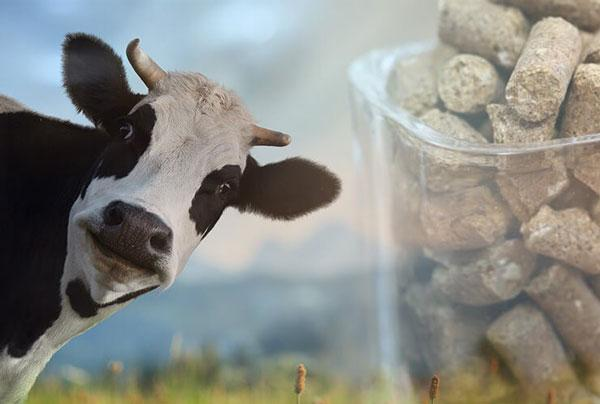
Complete package: If you feed the proper quantity of feed pellets to your animals then it would be enough to meet their basic body requirements ( as it is a mixture of different food items).
Easy-handling: You know grasses are usually cut into smaller sizes before feeding to animals, which is a bit frustrating, but Feed pellets have removed all this hassle as you just have to unseal the packet and feed the animal.
6) Conclusion
It’s not pointless to say that feed pellets are vital if you want to keep your animals healthy and strong. However, if you buy animal fodder from the manufacturers, it can cost heavily to you. But after reading this post, you are able to make animal and poultry feed pellets by yourself by establishing a small plant in your own place.

